Paradox Metaverse: What It Is, Why It Matters, and What’s Really Happening
When you hear Paradox Metaverse, a blockchain-powered virtual world project aiming to blend gaming, ownership, and decentralized economies. Also known as Paradox, it’s one of dozens of metaverse platforms trying to convince users their digital land matters. But most of these projects don’t survive past their airdrop. So why does Paradox Metaverse get any attention at all?
The real question isn’t whether it’s a metaverse — it’s whether it has blockchain gaming, games built on decentralized ledgers where players truly own in-game items as NFTs that people actually play, or just a website with fancy graphics and a token that trades on two obscure exchanges. Look at the posts here: projects like X Project (XERS), a token with no team, no volume, and no clear use case, or Solrise Finance (SLRS), a Solana-based idea stuck in 2021 with zero updates, are warnings. Paradox Metaverse could be next. Or it could be different. The difference? Real players, not just speculators.
What you’ll find in these posts isn’t hype. It’s the quiet truth behind the noise. You’ll see how digital assets, tokens or NFTs that represent ownership in virtual worlds or games can vanish overnight if the underlying platform disappears — like what happened with XeggeX. You’ll see how airdrops like FOTA or GoldMiner give out free tokens, but rarely deliver lasting value. And you’ll see how the same people who promote these projects are often the ones who cash out first.
Paradox Metaverse isn’t dead. But it’s not thriving either. It’s floating — caught between ambition and reality. The posts here don’t cheerlead. They ask hard questions: Who’s building it? Who’s using it? Is the token actually needed, or just a fundraising tool? If you’re holding Paradox Metaverse tokens, you’re not just betting on tech. You’re betting on people. And that’s the risk no whitepaper can fix.

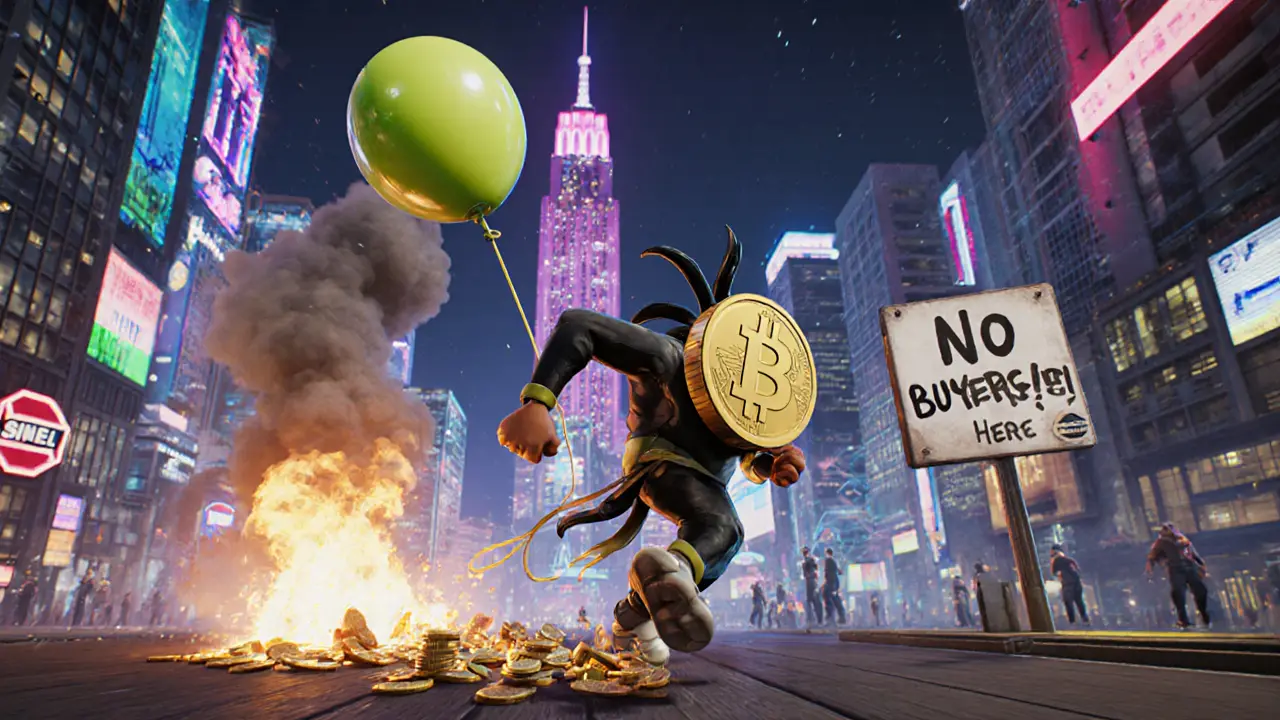

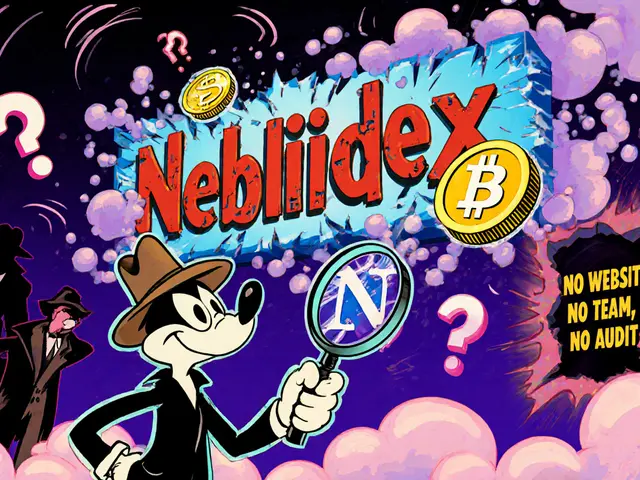
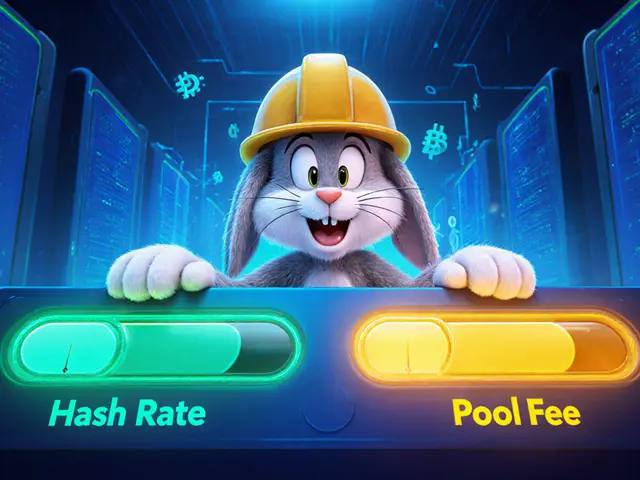
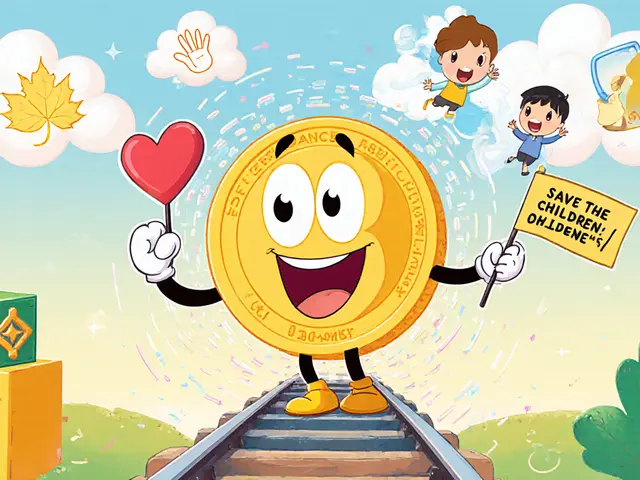
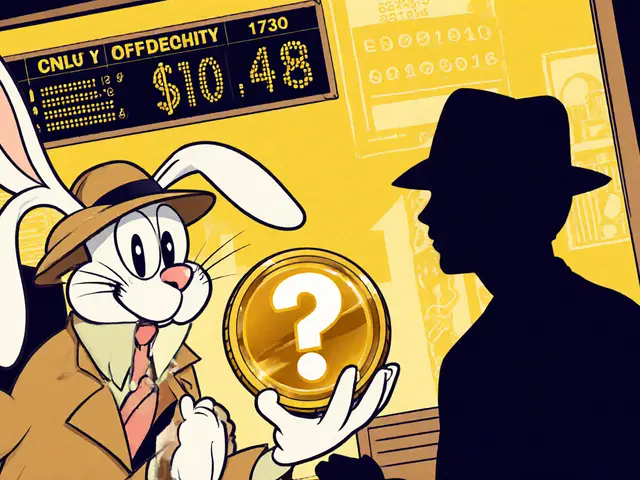
Categories